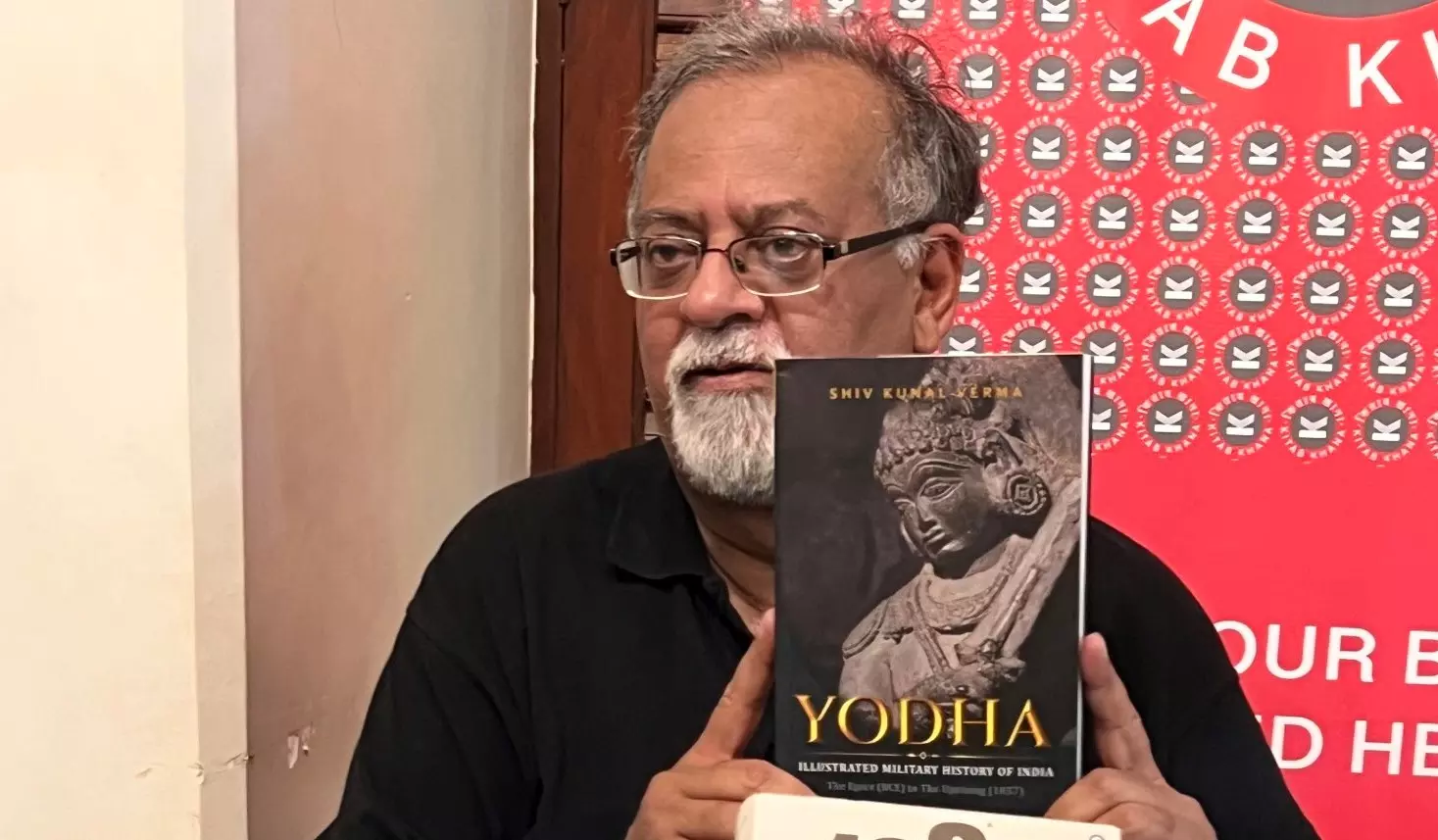Historian Urges Recognition of North-East Battles in National War History

Guwahati: Military historian Shiv Kunal Verma has stressed on mainstreaming the battle glories of the North-east, saying that some of glorious wars were fought in the region which stand out for tactics and strategies.
“The crushing defeat inflicted upon the Mughals on the army led by Mir Jumla by Ahoms had been so severe that even the British dreaded venturing into the region,” Verma told this newspaper, while discussing his book – Yodha: Illustrated Military History of India – The Epics (BCE) to the Uprising (1857).
Verma said that “the British had been so terrified about the battle glories of the Ahoms that they invaded the Northeast through Burma”.
The military historian stressed that it’s important the documentation of the past of the Northeast be done with verification of the claims so that the rightful place of the region be restored at the national stage. “My father fought the 1962 and the 1971 wars, and one constant thing that we came across was about the Northeast region that very less was known about the people and their history. One tribe is not about the other across the river,” Verma told Deccan Chronicle.
Verma has spotlighted the heroics of Lachit Borphukan in his book. “Lachit Borphukan was appointed commander soon after the Mughals, under Mir Jumla, gained control over Guwahati and compelled the Ahoms to sign the humiliating Treaty of Ghilajharighat,” writes Verma in the book.
Thereafter, Borphukan had organised his army, mastering the guerilla tactics, and he recaptured Guwahati from the Mughals. That set the stage for the 1671 battle in the Manas River, which filled even the Britishers with trepidations.
In the Saraighat Battle, Verma writes in the book, the Ahom naval army under the command of seriously ill Borphukan decimated the Mughal flotilla led by Ram Singh.
Verma gave a place of eminence to the Ahom generals for their military tactics in the vast span of his book that covers the wars from the Epic till the 1857 uprisings. Verma also chronicles the British expansion in the Northeastern region. Cacher Levy after its raising in the British Army was tasked with the job of guarding the eastern frontier of Assam, writes Verma in the book.
The military historian also spotlights the British bid to bring the ‘Naga-Patkai Hills’ under control that set the stage for the battles between the imperialist forces and the Nagas. “The first expedition into the Naga Hills by Captain Jenkins and Pemberton in 1832 saw the Nagas using the terrains to their advantage, and the Britishers in frustration will resort to burning Naga settlements that they could sight,” said Verma.
The military historian also spotlights the heroics of Nyishi tribes who were known as ‘Daflas’ in the book. Verma stated that the “Nyishis were mostly settled in the hills north of Nao Duar (nine passes) in Darrang and Che Duar (six passes) in Lakhimpur. To the east was the Adi country inhabited by the Galo, Adis, and Hill Mirris”. These communities are now largely settled in Arunachal Pradesh.
“The earliest records of conflict between the Nyishis and Ahoms go back to 1614 during the reign of the Ahom king Pratap Singh. After a raid into the plains, Pratap Singh launched the first punitive expedition under Lako Borpatra and Bharali Gohain, but this force was literally decimated by the Nyishis,” Verma writes in the book.
Verma told this newspaper that he would further pursue efforts to bring the military history of the Northeast to the centre stage of Indian war history. “We have to mainstream the history of India and various regions in manners that the school children can easily relate to and understand,” said Verma.

